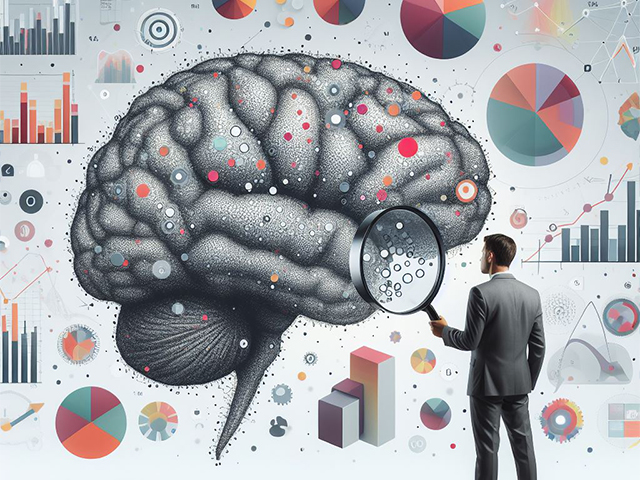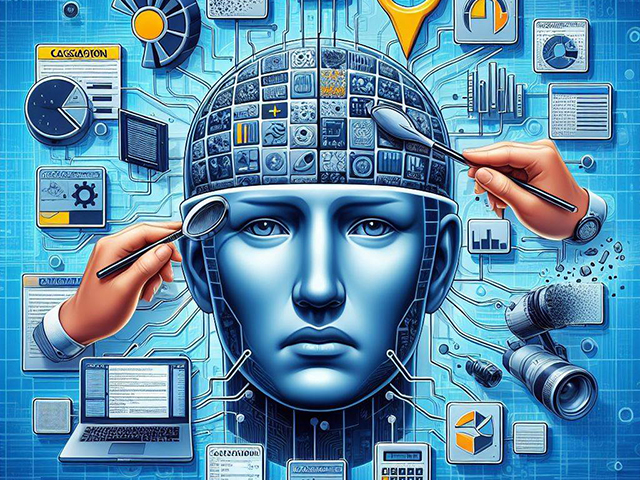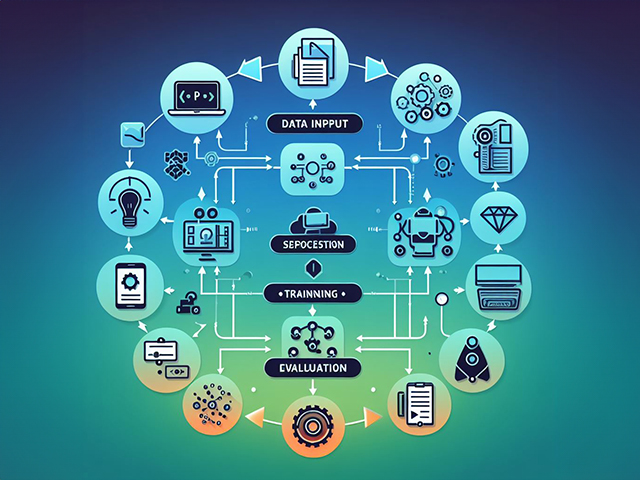Blog


The Psychology of Data Visualization: How to Present Data that Persuades
The principles and techniques that underpin the creation of persuasive and effective visuals.

Innovative Strategies for Big Data Management and Analytics
The article explores innovative strategies for managing and analyzing big data efficiently.

Confusion Matrices and Classification Reports
Confusion matrices and classification reports help you understand how well your machine learning model classifies things.

5 FREE COURSES TO MASTER PYTHON FOR DATA SCIENCE
This webpage recommends 5 free Python courses for data science, from beginner basics to data analysis, machine learning, and interview prep.

ENHANCING BOOSTING ALGORITHMS: BOOSTING GRADIENT MACHINES
Machine learning with boosting algorithms is becoming increasingly important to fight phishing emails.

DEMYSTIFYING MACHINE LEARNING
Tradition vs. Transformation: A Look Back and Forward at Machine Learning.

REVEALING THE STATISTICAL MECHANICS BEHIND LINEAR REGRESSION
Linear regression is a statistical method to find the best-fitting line to model the relationship between a dependent variable and one or more independent variables.

COMPARING THE ANALYTICAL ENGINES: POWER BI VERSUS TABLEAU
Power BI and Tableau are leading data visualization tools that use different statistical methods and cater to different user needs.

EMBRACING PRINCIPAL COMPONENT ANALYSIS (PCA)
In today’s world, data is everywhere, and data scientists often face challenges when dealing with large and complex data sets.

PYTHON INTERMEDIATE - TKINTER
An intermediate guide of understanding Tkinter. Tkinter is a standard Python library used to create GUI applications.

DECIPHERING THE INTERNET: A COMPREHENSIVE EXAMINATION OF SCRAPING TECHNIQUES
Web scraping automates data collection from various websites. This article explores the different scraping techniques and their applications.

THE IMPACT OF QUANTUM COMPUTING ON DATA SCIENCE
The collaboration of data science and quantum computing appears as a new milestone in the future of data science, despite the quick progress that has been made in the technical arena.

MASTERING BERT: A COMPREHENSIVE GUIDE FROM BEGINNER TO ADVANCED IN NATURAL LANGUAGE PROCESSING (NLP)
BERT (Bidirectional Encoder Representations from Transformers) is a revolutionary natural language processing (NLP) model developed by Google.

UNLOCK THE SECRETS TO CHOOSING THE PERFECT MACHINE LEARNING ALGORITHM!
One of the key decisions you need to make when solving a data science problem is which machine learning algorithm to use.

WHY IT’S BEEN REVOLUTIONIZING NLP
BERT, which stands for Bidirectional Encoder Representations from Transformers, is a language model published in 2018 that achieved state-of-the-art performance on multiple tasks, including question-answering and language understanding.